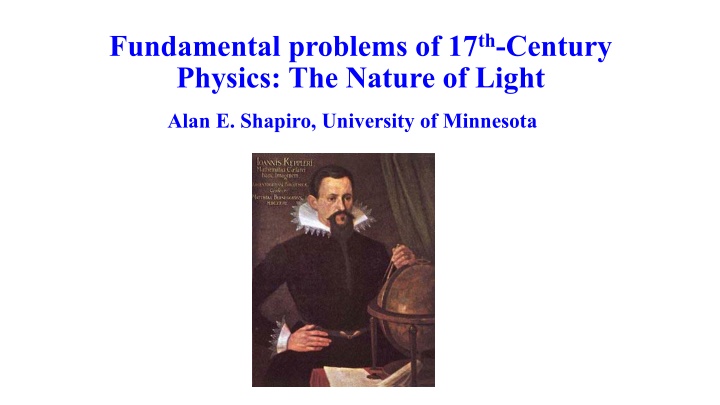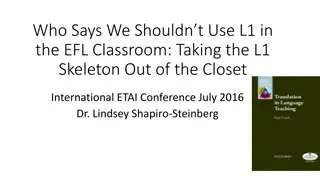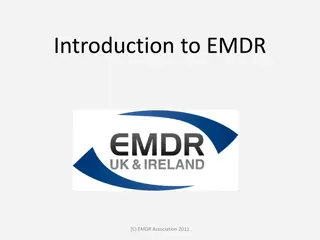
Exploring 17th-Century Physics: Light, Cosmology, and Optics
Delve into the fundamental problems faced by 17th-century physicists, including the nature of light, cosmological structure, and theories of motion and matter. Discover insights from Keplerian optics, Alhazen's eye studies, and the evolution of optics post-Kepler. Explore the shift towards experimental science, mechanical philosophy, and the unreliability of senses and vision in shaping modern philosophical thought.
Download Presentation

Please find below an Image/Link to download the presentation.
The content on the website is provided AS IS for your information and personal use only. It may not be sold, licensed, or shared on other websites without obtaining consent from the author. If you encounter any issues during the download, it is possible that the publisher has removed the file from their server.
You are allowed to download the files provided on this website for personal or commercial use, subject to the condition that they are used lawfully. All files are the property of their respective owners.
The content on the website is provided AS IS for your information and personal use only. It may not be sold, licensed, or shared on other websites without obtaining consent from the author.
E N D
Presentation Transcript
Fundamental problems of 17th-Century Physics: The Nature of Light Alan E. Shapiro, University of Minnesota
Light Is Not the Only Fundamental Problem in 17th Century Natural Philosophy Cosmology: structure of the universe Motion: Celestial and Terrestrial Matter theory: atoms and void, or a continuum
Features of Keplerian Optics Pencils of rays. All rays from object reassembled or converge at image Eye is like an optical instrument. All processes are optical, not perceptual Real images. Pictura projected on to the retina Optics stops at the retina.
Alhazen, Eye (Lindberg, p. 166)
Optics after Kepler Perspectivist (medieval) Vision: Form or species of an object transmitted directly to brain Provides true knowledge of external world Included geometrical optics. Primarily reflection, including spherical mirrors. Little on refraction After Kepler Two Branches of Optics Evolve Geometrical Optics. Refraction & Lenses central Physical Optics. Experimental & Mathematical
Contemporary Changes in Science Rise of Experimental Science Mechanical Philosophy: all physical phenomena can be explained by matter in motion Primary Qualities (size, shape & motion of bodies) & Secondary Qualities (e.g. sensations of color, taste, sound), or or Objective and Subjective Qualities Mathematization
Unreliability of the Senses & Vision Our sensations are unlike or do not resemble external objects Fundamental tenet of modern philosophy Offer Gal & Raz Chen-Morris, Baroque Science (2013) Kepler s theory of vision origin of fundamental tenet Buchwald & Feingold (2013) Mechanical philosophy origin of fundamental tenet Eye is an instrument & instruments are intrinsically unreliable Largely a philosophical problem. Scientists abandoned knowledge of essence of things and critically accept the reports of the senses
New Properties of Light Diffraction, Grimaldi 1665 Interference, Colors of Thin Films, Hooke 1665 Periodic, Newton 1675, 1704 Double Refraction, Erasmus Bartholin, 1669 Polarization, Huygens, 1690 Chromatic Dispersion & Nature of White Light and Colors, Newton, 1672
Nature of Light Wave, mediumistic, or continuum (transport of a disturbance) Descartes, 1637 Hobbes, 1644 Hooke, 1665 Pardies, 1673 Huygens, 1690 Projectile, corpuscular, or atomistic (transport of matter) Gassendi, 1649 Charleton, 1654 Newton, 1672-1704
The Formation of Newtons Rings (After Newton, Hypothesis, 1675)
Refractive force acts in an insensibly small region bounding the interface of two media
Newtons model for calculating atmospheric refraction, 1694
Newtons Table of Atmospheric Refraction. Philosophical Transactions, 1721
Newton on the Reliability of the Senses -1 The certainty of his theory of thin films can be established by the evidence of the senses: "For confirmation of all this I need alledg no more then that it is mathematically demonstrable from my former Principles. But yet I shall add that they wch please to take the paines may by the testimony of their senses be assured that these explications are not Hypotheticall but infallibly true & genuine. (1672)
Reliability of the Senses -2 In "New Theory of Colors" he states that his theory of color is "evinced by ye mediation of experiments concluding directly & without any suspicion of doubt." (1672) We judge something to be a body from the evidence of our senses (which constitute our sole judges in this matter) (c. 1675-85) Throughout his career Newton switches back forth between the evidence of sense and experiment





